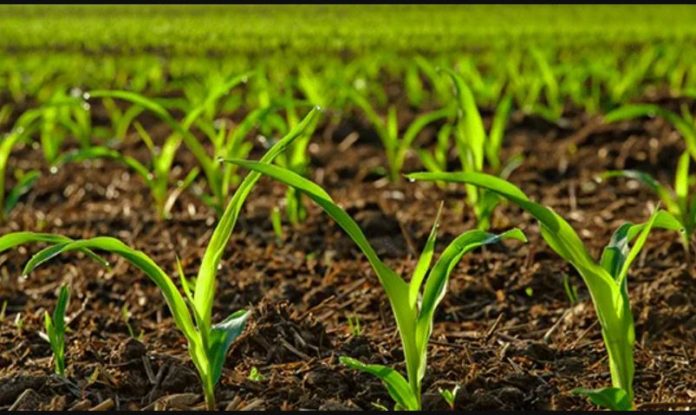South Sudan in partnership with the African Development Bank (AfDB) launched a two-year program focused on boosting food production and strengthening community resilience.
The dubbed South Sudan Emergency Food Production Program (SSEFPP) is set to focus on the production of sorghum, cowpea and rice in the states of Northern Bahr El Ghazal, Western Bahr El Ghazal, Western Equatoria, Eastern Equatoria and Upper Nile.
The US $8.4M program is funded by AfDB through its Transition Support Facility and will be implemented by the South Sudan government and the Food Agriculture Organization (FAO) of the United Nations.
“The number of counties that are going to be supported I think is about nine or more and this will be spread across our country, it is not going just to be limited to one state, as you have seen we have people who have come from Western Bahr El Ghazal, Northern Bahr El Ghazal, Jonglei, and Western Equatoria and Eastern Equatoria state,” Josephine Lagu, minister of Agriculture and Food Security.
Food deficit
Country Representative of FAO Meschak Malo disclosed that this program aims to reduce South Sudan’s current annual food deficit standing at 545,000 metric tons by increasing production within the next two years to the target of 1.3 million metric tons needed to reduce prevailing food insecurity.
He noted that the current urbanization growth in the country as it recovers from years of conflict would lead to a huge demand for wheat, adding that the wheat component needs to also be supported under this program. South Sudan imports wheat from neighboring Sudan which in turn imports from Ukraine.
The SSEFPP program includes the distribution of seeds to farmers in the counties. The program will also strengthen the resilience of food systems and mitigate short-term risks due to the ongoing conflict between Russia and Ukraine.
The UN in its South Sudan Food Security Outlook, June 2022 to January 2023, said food security is expected to deteriorate between June and September, due to the impacts of conflict and flooding, as well as global economic supply chain disruptions, which will, in turn, drive high staple food prices and limit income-earning opportunities.








